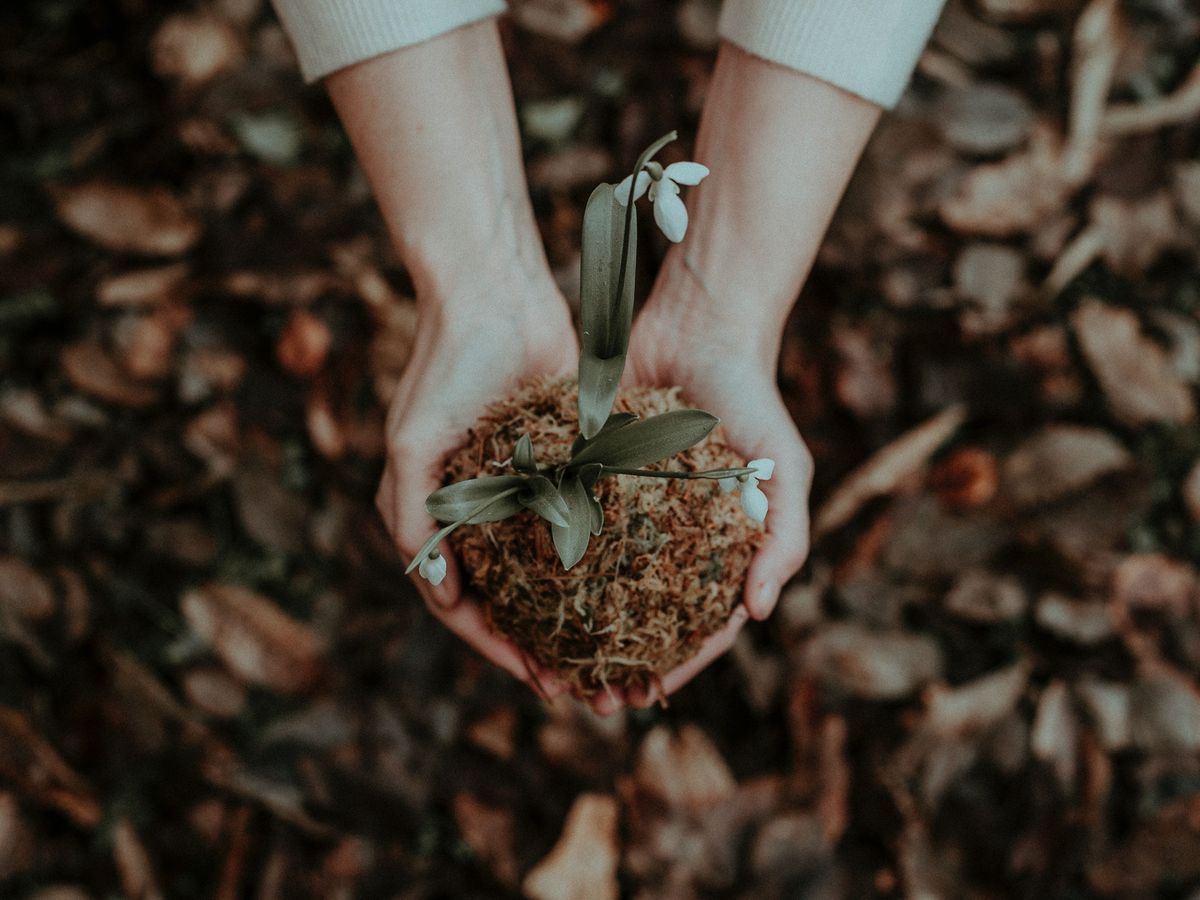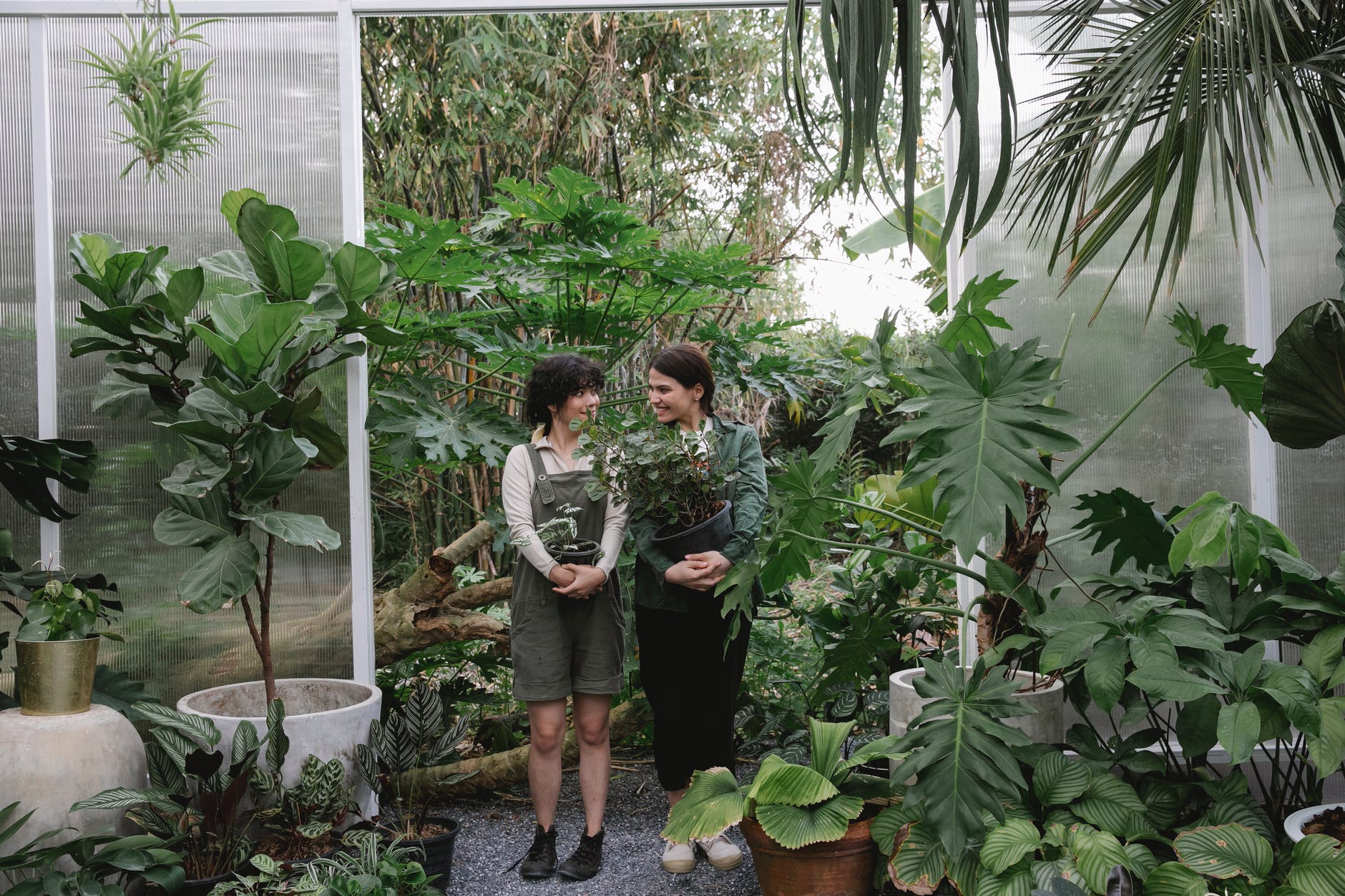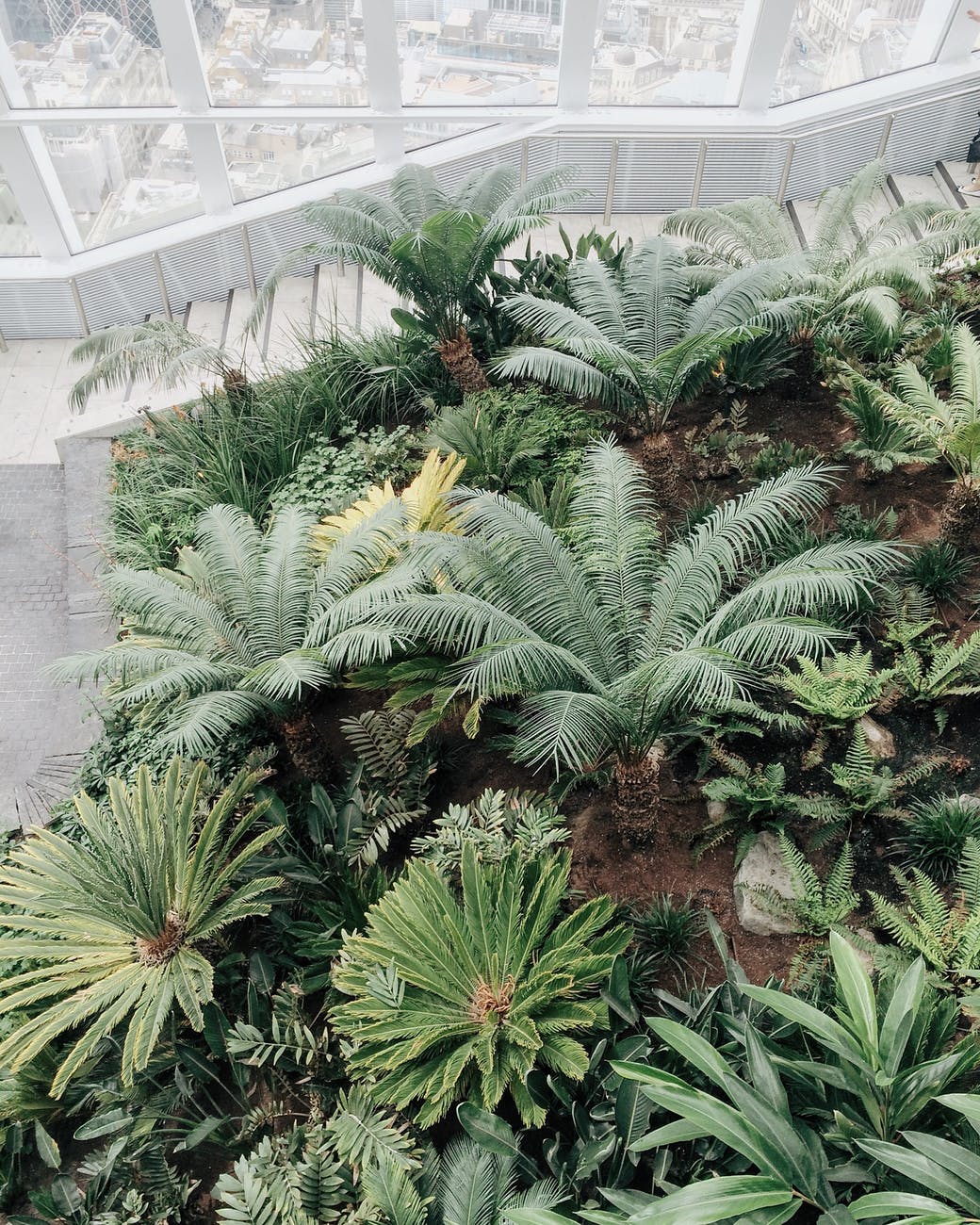Helpful tips on gardening for spring

A few minutes every morning is all you need.
Stay up to date on the world's Headlines and Human Stories. It's fun, it's factual, it's fluff-free.
Now that spring is officially here, the time for propagating and repotting your houseplants or getting ready for gardening for spring is now. With spring comes new growth, and after a long year of the coronavirus, maybe witnessing growth is what the world needs right now. Become a gardener and surrender to the soil or go to a nursery to buy some houseplants and watch them flourish on the south side window of your home. Any kind of planting or gardening requires work, but the end reward that comes with all your care and patience is like no other.
If you’re a new gardener to the game, start off by figuring out what type of gardening you’d like to do. You’ll find that the options for different types of gardens are plentiful; everything from indoor gardens to herb gardens, sustainable vegetable gardens or green houses full of your favorite variety of plants. Choose one, check out our tips on gardening for spring and witness new growth happen right in front of your eyes.
Outdoor gardening

Out of all the options you can choose from, outdoor gardening is by far one of the most challenging. Outdoor gardening requires lots of preparation, maintenance and physical labor. Though your first results at outdoor gardening might not be what you anticipated, once you get a scheduled routine and a feel of how Mother Nature works, you will feel more comfortable and produce better results. But with all the hard work, patience, love and pruning comes a lifestyle of self-sustainability, healthy plants and an outdoor activity to keep your mind and body busy.
Preparation is key when wanting to start a garden from scratch. Start off by making a list of supplies you need for outdoor gardening – tools, soil, fertilizer, mulch, watering cans, seeds, pre-propagated plants – the list goes on depending on how much you’re willing to invest. Though starting out can be expensive, once you’ve spent money on your first batch of equipment, the rest of the investment lies in your hands, literally. So, pick a space you want to transform and start clearing the area for any dead organic matter or debris collected from winter, making sure you get rid of any weeds that might overtake your garden beds.
Once you have cleared the space, divide whatever perennials you have for maximum growth rate and efficiency. A perennial plant includes plants that live more than two years. As they grow, they send up new roots which can be an issue if you’re trying to maximize your plant’s growth span. The competition for water, light and nutrients can be detrimental to your plant, therefore division will allow for healthier plants in the future and prevent them from overcrowding any other neighboring plants or flowers. Depending on what kind of perennials you have, match the black-eyed Susans with the White Shasta Daisies and mix different herbs with variations of flowers like peony or Amsonia. Once you have a good interplant layout, add mulch to your garden beds to prevent weed seeds from germinating and start your first wave of planting.
Indoor gardening

Since the pandemic started, the popularity of houseplants and indoor gardening has spread across the nation. By adding this natural ambience (not to mention more oxygen) to your home, you’ll become obsessed and soon every plant will become an integral part of your daily routine. The secret to keeping a houseplant alive is to replicate its natural growing environment. That said, whatever exotic plant you do decide to bring back home, figure out the type of care it needs first.
Whether it be the elusive variegated Monstera, who appreciates gentle sunlight and a healthy amount of water; or high humidity loving Calatheas who pray at nightfall, be aware that each plant is unique in its own way and has specific needs. Some plants thrive in your bathroom where the air remains moist and the temperature of the room stays above 75 degrees, while others only like sitting on south side windows with a minimum of three hours of indirect sunlight. Recreating an environment for a plant isn’t the easiest task for a beginner, so don’t give up if your first prayer plant is resulting in yellow tipped leaves. You’ll find that the more houseplants you buy, the more plant transitioning you’ll do in each area of your home.
In order to have successful indoor gardening for spring, you need to do your plant research and anticipate how much indirect light you can actually provide for the plants you want. So before you dig in, make indoor preparations for all the new houseplants you plan on caring for. What follows will be a nurturing lifestyle full of love, patience, propagation and growth.
Have a tip or story? Get in touch with our reporters at tips@themilsource.com




Comments ()